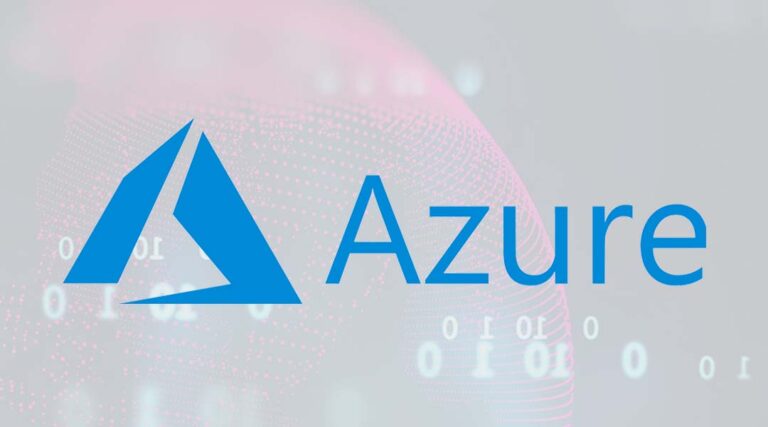
To start the New Year off and get your Azure usage up, Microsoft has pushed out updates to tools and services across its cloud offering.
The Azure Blockchain Workbench for example is now available in v1.6. The fact that application versioning is now possible through the web app as well as the REST API alone should be worth a look to users of the tool.
Before using the upgrade script or deploying a new instance through the Azure portal, however, make sure to have a look at the breaking changes included in the release. The outbounding messaging API is one of the things that has been overhauled, which is why changes to integration specific code might be necessary. To make it worth your while, the updated API is able to publish blockchain events via the Azure Event Grid and Service Bus, so that downstream consumers have a way to react to them, which might be good for triggering events in other systems for example.
Workbench will now automatically generate the code that was formerly included through the WorkbenchBase class, which is why it no longer has to be added to contract code files. Since contracts that include WorkbenchBase in their Solidity code nonetheless will be rejected during the upload, application samples have been updated accordingly.
Speech recognition aficionados can start digging into v1.2 of the Cognitive Services Speech SDK, which might be even more interesting with its now available Node.js support and a Python API for Speech Service. The latter means amongst other things, that Python is the first language the Speech Service supports on macOS X (though Python 3.5 and later is supported on Windows and Linux as well) and Python modules can be installed via the PyPI repository.
According to the announcement, many JavaScript developers have asked for length restrictions on recorded audio to be lifted. The SDK now buffers such files and automatically reconnects and retransmits data to the service if necessary. Connecting to the service has become more controllable per se, since there now is a connection object available and users can subscribe to receive information on connection status details.
If you’ve decided looking after your own infrastructure needs too many resources and want to migrate your on-premises circus to Azure, you might be pleased to read that Azure Migrate is now available in Europe as well. Metadata will be stored in the North and West Europe region for this geography – if you have a preference for one of the two, you have to specify this in an API request, otherwise Azure will make the choice for you.
Virtual machines can be migrated to Microsoft’s cloud offering via Azure Site Recovery, which also saw some additions in the last couple of days. The new version should be able to let users of Windows machines (Windows Server 2012 R2 and above) migrate physical servers with UEFI boot type to IaaS VMs in Azure and those with a taste for Linux can migrate Linux Virtual Machines with LVM managed OS and data disks, as well as directories in different disks.
